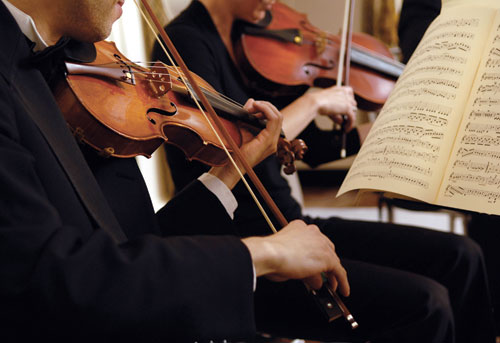 When a person has hearing loss in both ears, the hearing healthcare provider will usually recommend two hearing aids. This is because there are many benefits of hearing with two hearing aids. Similar to the way refractory problems in both eyes are treated with a pair of glasses, it makes sense that bilateral hearing loss should be treated with binaural hearing aids.
When a person has hearing loss in both ears, the hearing healthcare provider will usually recommend two hearing aids. This is because there are many benefits of hearing with two hearing aids. Similar to the way refractory problems in both eyes are treated with a pair of glasses, it makes sense that bilateral hearing loss should be treated with binaural hearing aids.
By wearing two hearing aids rather than one, selective listening is more easily achieved. This allows your brain to focus on the conversation you want to hear. Research shows that people wearing two hearing aids routinely understand speech and conversation significantly better than people wearing one hearing aid.
Speech intelligibility is improved in difficult listening situations when wearing two hearing aids.
Better ability to tell the direction of sound - This is called localization. In a social gathering, for example, localization allows you to hear from which direction someone is speaking to you. Localization also helps you determine from which direction traffic is coming. Simply put, with binaural hearing, you will better detect where sounds are coming from in every situation. Better sound quality and balance - When you listen to a stereo system, you use both speakers to get the sharpest, most natural sound quality. The same can be said of hearing aids. By wearing two hearing aids, you increase your hearing range from 180 degrees reception with just one instrument, to 360 degrees. This greater range provides a better sense of balance and sound quality.
A person can hear sounds from a further distance with two ears, rather than just one. A voice that's barely heard at 10 feet with one ear can be heard up to 40 feet with two ears.
Often, with just one hearing aid, many noises and words sound alike. But with two hearing aids, as with two ears, sounds are more easily distinguishable.
Wearing two hearing aids generally requires less volume than one. The need for less volume results in less distortion and better reproduction of amplified sounds.
Research has shown that when only one hearing aid is worn, the unaided ear tends to lose its ability to hear and understand. This is clinically called the auditory deprivation effect. Wearing two hearing aids keeps both ears active.
More binaural hearing aid wearers report that listening and participating in conversation is more enjoyable with two instruments, instead of just one. This is because they do not have to strain to hear with the better ear. Thus, binaural hearing can help make life more relaxing.
Two-eared hearing results in a feeling of balanced reception of sound, also known as the stereo effect, whereas monaural hearing creates an unusual feeling of sounds being heard in one ear.
A lower volume control setting is required with two hearing aids than is required with one hearing aid. The result is a better tolerance of loud sounds.
About 50% of people with ringing in their ears report improvement when wearing hearing aids. If a person with tinnitus wears a hearing aid in only one ear, there will still be ringing in the ear that does not have a hearing aid.
An overwhelming majority of consumers who have hearing loss in both ears, choose two hearing aids over one, when given the choice to hear binaurally.
Research with more than 5,000 consumers with hearing loss in both ears demonstrated that binaurally fit subjects are more satisfied than people fit with one hearing aid.
Just as you use both eyes to see clearly, you need two ears to hear clearly. Your hearing healthcare professional can demonstrate to you the binaural advantage experience either through headphones (during testing), probe microphones, master hearing aids, or during your trial fitting.